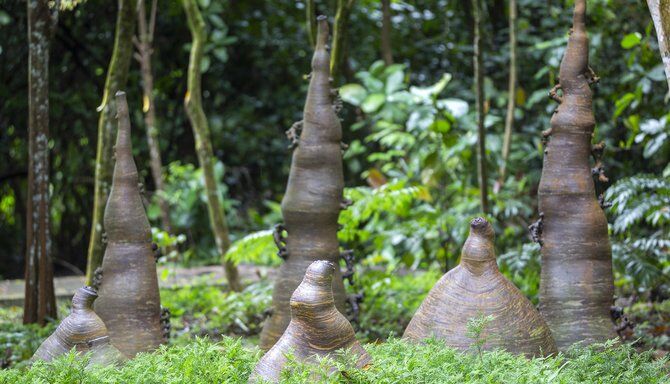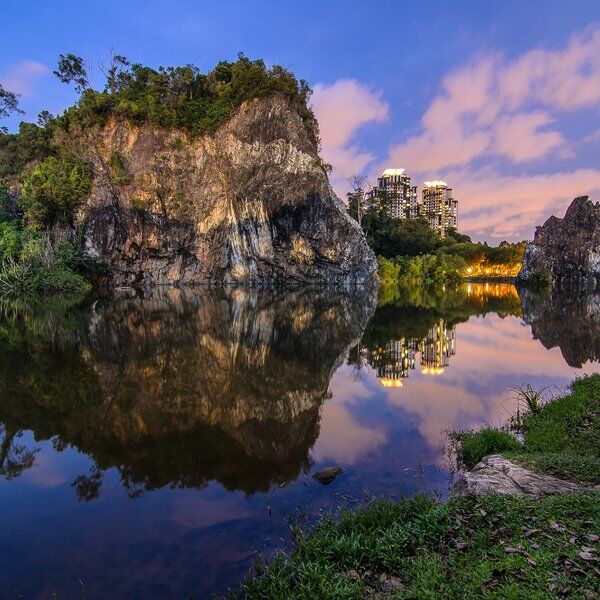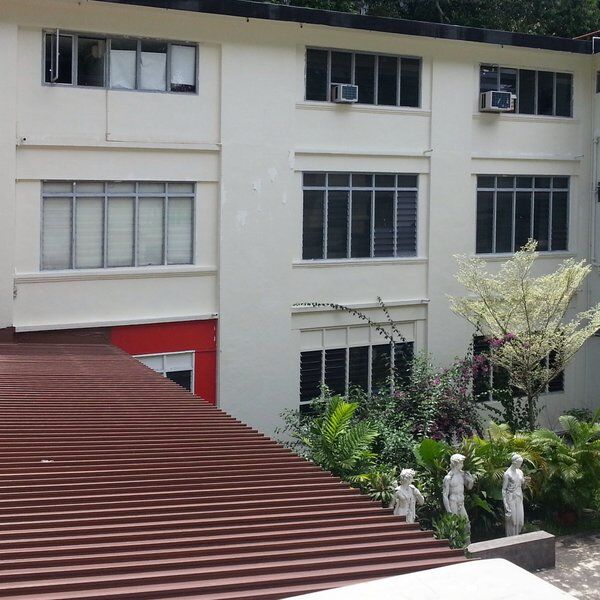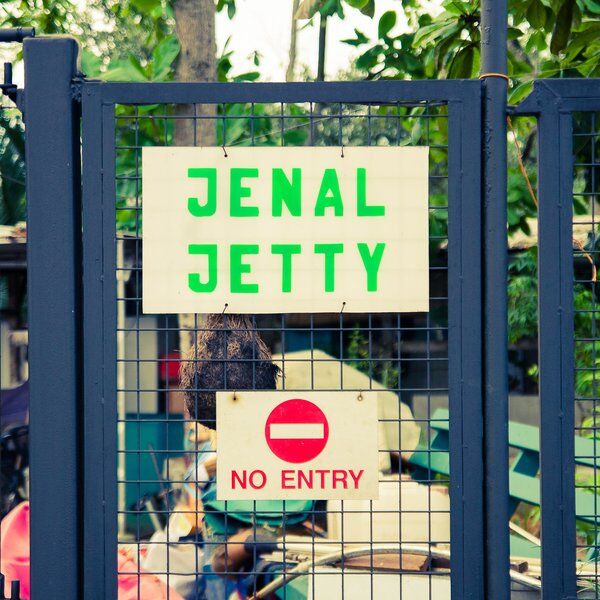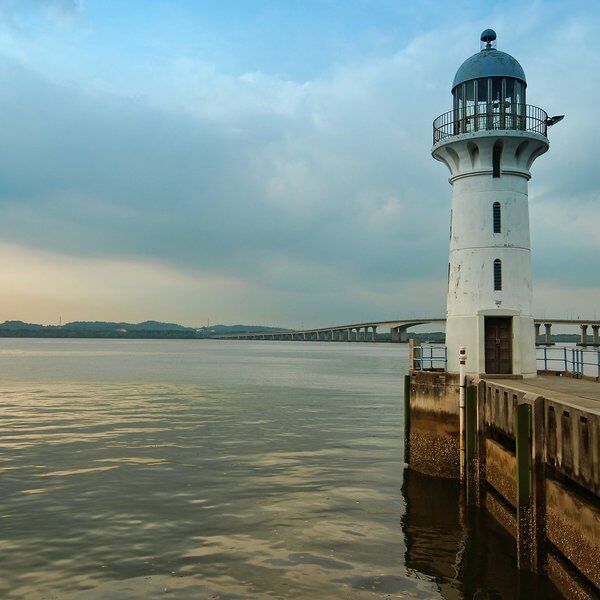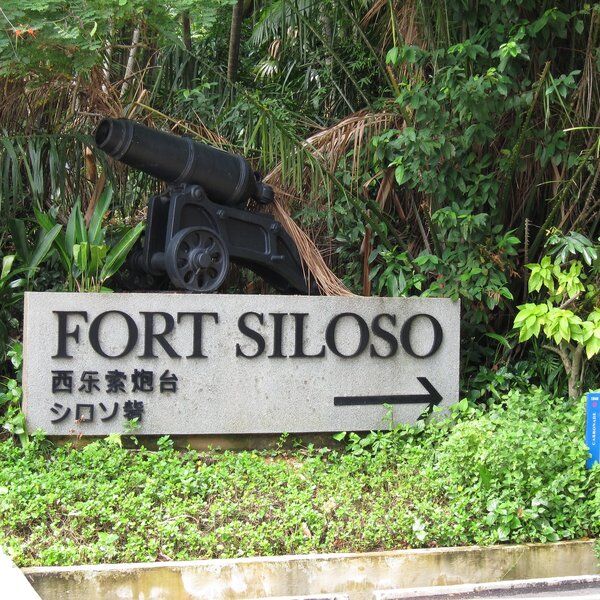Discover Jurong Eco-Garden in Singapore
Contained between Singapore's Nanyang Technological University and CleanTech Park in Jurong, the Jurong Eco-Garden is a peaceful 5-hectare reserve. Divided into four main zones – Summit Forest, Wildlife Corridor, Stream Ravine, and Freshwater Swamp Forest – the garden emerged as the first development in the country to be awarded a BCA-NParks Green Mark Platinum in the New Parks Category.

"By designing Jurong Eco-Garden to be open and accessible, we want more people to visit and participate in future activities here. It will increase ownership of the garden among the community."
Since its opening the garden has attracted a steady stream of visitors, testifying to its popularity. With an emphasis on being open and accessible, the Jurong Eco-Garden aims to engage the community through various activities, creating a sense of ownership among its visitors and a better overall user experience.
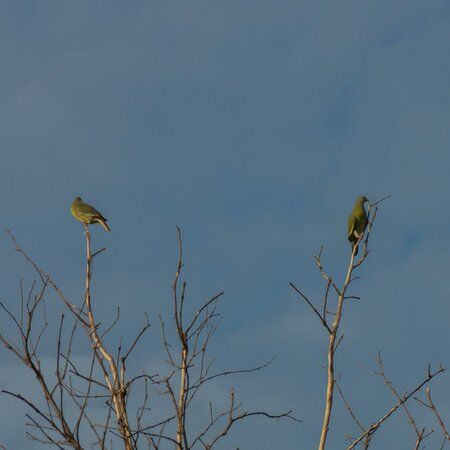
Hidden Treasures at Jurong Eco-Garden
Home to over 139 plant and animal species, including 26 butterfly species and a variety of birds, the Jurong Eco-Garden provides a biodiverse habitat. Beyond its ecological significance, the park features ceramic art installations along its trails and a 23-metres-high summit lookout providing stunning views. Sculptures enhance the natural beauty of the lush greenery, creating a unique blend of art and nature.
Things to look out for at Jurong Eco-Garden:
- Freshwater Swamp Forest
- Nature Trails and Streams
- Birdlife
- Butterflies
- Summit Lookouts
- Sculptures
- Ceramic Art Installations

Freshwater Swamp Forest
The Freshwater Swamp at Jurong Eco-Garden spans an impressive 4,772 square metres and actually existed on the site before the garden was established. Today it marks the first man-made freshwater swamp forest in Singapore, and contributes hugely to the biodiversity of the region. Within the garden, the swamp plays a vital role as a water source for a variety of different birds, butterflies, and insects that call Jurong Eco-Garden home.
The Swamp Forest also efficiently operates as a central retention pond for stormwater, capturing approximately 65 percent of the runoff. The captured water doesn't go to waste; instead, it undergoes recycling processes. This recycled water serves various purposes, including plant irrigation and outdoor washing activities throughout Jurong Eco-Garden.
The swamp's multifaceted role highlights its importance not only as a habitat for local flora and fauna but also as a sustainable water management system contributing to the eco-friendly practices within the garden.
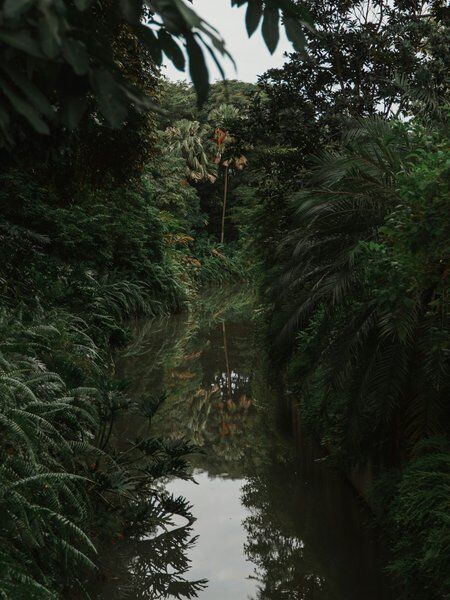
Nature Trails and Winding Streams
At Jurong Eco-Garden, the enchanting 1 km Nature Trail, weaves through a meticulously landscaped garden into the depths of the forest. The trail, though occasionally uneven, provides an immersive experience with helpful signs cautioning visitors about potholes and obstacles along the path. The great thing about the Nature Trail is that it circles back to the entrance.
Wildlife not only congregates at the Freshwater Swamp Forest but also at the different water bodies throughout the garden. The winding streams and still ponds provide the perfect habitat for dragonfly species like the Spine-tufted Skimmer and the elusive Indigo Dropwing added to the natural spectacle.

Birdlife at Jurong Eco-Garden
“This will become a good place for bird-watching as more species appear.”
While navigating the Nature Trail, it's not only the whizzing dragonflies that will hold your attention. Visitors will be wowed by the lively chorus of bird song echoing from the treetops as the birds swoop to and from the Swamp Forest.
Here are some of the many birds that call the Jurong Eco-Garden home:
- Red-breasted Parakeet.
- Rose-ringed Parakeet.
- Oriental Dollarbird.
- Lineated Barbet.
- Rufous Woodpecker.
- Laced Woodpecker.
- Red Junglefowl.
- Straw-headed Bulbul.
- Oriental Pied Hornbill.
- Yellow Bittern.
- Scaly-breasted Munia.
- Olive-backed Sunbird.
- Ashy Tailorbird.
- White-throated Kingfisher.
- Common Kingfisher.
- Blue-eared Kingfisher.
- Brown Shrike.
- Pied Imperial Pigeon.
- Pink-necked Green Pigeon.
- Chestnut-bellied Malkoha.

Butterfly Garden
The 1,066 sq m Butterfly Garden, located near the Stream Ravine section of Jurong Eco-Garden, houses 26 different species of butterflies with three of them holding conservation significance – the Blue Helen, Common Birdwing, and Dwarf Crow.
Each butterfly finds its niche in the garden, drawn to specific plants that offer nectar or serve as ideal habitats for caterpillars. Notably, the Pagoda Flower serves as an irresistible lure for the majestic Common Birdwing, a captivating species with its sizable black forewings and golden yellow hindwings.

Other species include:
- Horsfield Baron (Tanaecia iapis puseda)
- Chocolate Pansy (Junonia hedonia ida)
- Plain Tiger (Danaus chrysippus chrysippus)
Elsewhere in Singapore is another captivating butterfly experience. Read about it in our recent article Butterfly Garden at Changi Airport.

Lookout Points in Jurong Eco-Garden
Jurong Eco-Garden has two lookout points that offer visitors unique perspectives of the natural beauty within the park. The Ficus Lookout, positioned centrally, provides an elevated vantage point adjacent to a majestic ficus tree. This lookout affords a panoramic view of the Freshwater Swamp Forest and its rich biodiversity. A significant feature beneath the Ficus Lookout is the 15m-wide wildlife corridor, serving as a safe passage for creatures like the White-throated Kingfisher and the Green-crested Lizard.
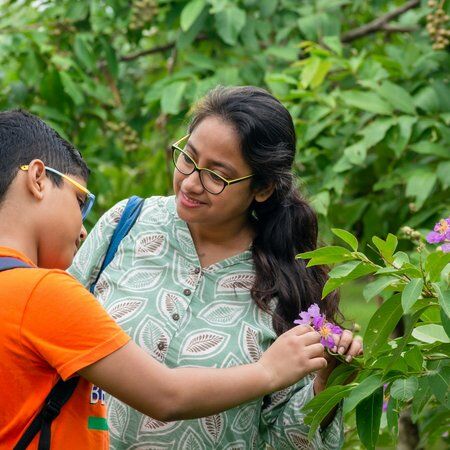
For those who want to gain even more height, the Summit Lookout stands 23 metres above the ground. Accessible by climbing 58 steps, this lookout offers a breathtaking panorama of the entire 5-hectare park. The rocks comprising the Summit Lookout have a unique origin, excavated from the depths of the Jurong Rock Caverns, situated 130m below Banyan Basin on Jurong Island. Remarkably, these rocks date back 200 million years.
Both lookouts, situated within the garden's central area, promise an unforgettable encounter with nature's splendour.
Sculptures
Jurong Eco-Garden in Singapore proudly hosts two distinct sculptures, created especially for the garden. One of these sculptures, “Another Way To Perceive The Rain Of The Forest,” stands graciously near the butterfly garden encased in basaltic stones sourced from the renowned Jurong Rock Caverns. Crafted by five talented Singaporean sculptors – Yeo Chee Kiong, Tay Swee Siong, Lim Soo Ngee, Chua Boon Kee, and Baet Yeok Kuan – this 3-metre-tall sculpture is a symbol of the beauty of water as the cycle of life.
Within the confines of the Summit Forest, visitors can marvel at the second sculpture: “Sculpted Maze,” envisioned by the skilled ceramic artist Steven Low. Crafted using clay from CleanTech Park and fired in the historic Thow Kwang Dragon Kiln located nearby, this installation is a captivating representation inspired by earth fragments shaped by the forces of water and wind.

Pottery Kilns at Jurong Eco-Garden
It's intriguing to note that the abundance of ceramic artworks and sculptures throughout Jurong Eco-Garden could be attributed to its close proximity to Singapore's last remaining dragon kilns. There are only two left in the country.
- Thow Kwang Dragon Kiln: A 40m-long kiln at Thow Kwang Pottery Jungle, where visitors can actually witness the firing, which occurs two to three times a year.
- Guan Huat Dragon Kiln: This serpent-like kiln, stretching an impressive 43m, was formerly used for firing and now holds open houses every month. It is located at the Jalan Bahar Clay Studios , which opens from Monday to Saturday, 8 am to 5 pm.
Preserving Jurong Eco-Garden and Green Initiatives
Designed with environmental consciousness, the park prioritises respect for nature, fulfilling its role as the lungs of the larger CleanTech business park. The JTC Corporation, who manage the garden, have also incorporated world-class green practices, such as the Swamp Forest acting as a stormwater management system. But there is also an innovative Composting Station.
Situated in the Stream Ravine sector of the park, this Composting Station serves as an educational hub for visitors. Due to the strategically positioned hand tumblers in action they can see an up-close view of the evolving composting process. Delving into the contents reveals a blend of soil, leaves, and other organic matter. The wet component comprises vegetables, fruits, and garden waste, while the dry section includes leaves, weeds, and twigs.
Explore Singapore with CityDays
The fascinating city of Singapore awaits - and there’s no better time to explore it than right now!
CityDays create fun, interesting and challenging trails around the world to help you immerse yourself in a city’s culture, history and quirks. We’ll show you hidden gems, share some fascinating facts and even offer you the chance to win prizes for your brilliance.
We also provide Singapore team building activities to help your colleagues have a seamless day of bonding, learning and fun!
Want to find out more?
Check out all our available activities in Singapore here and embark on an adventure you’ll never forget: CityDays awaits!
